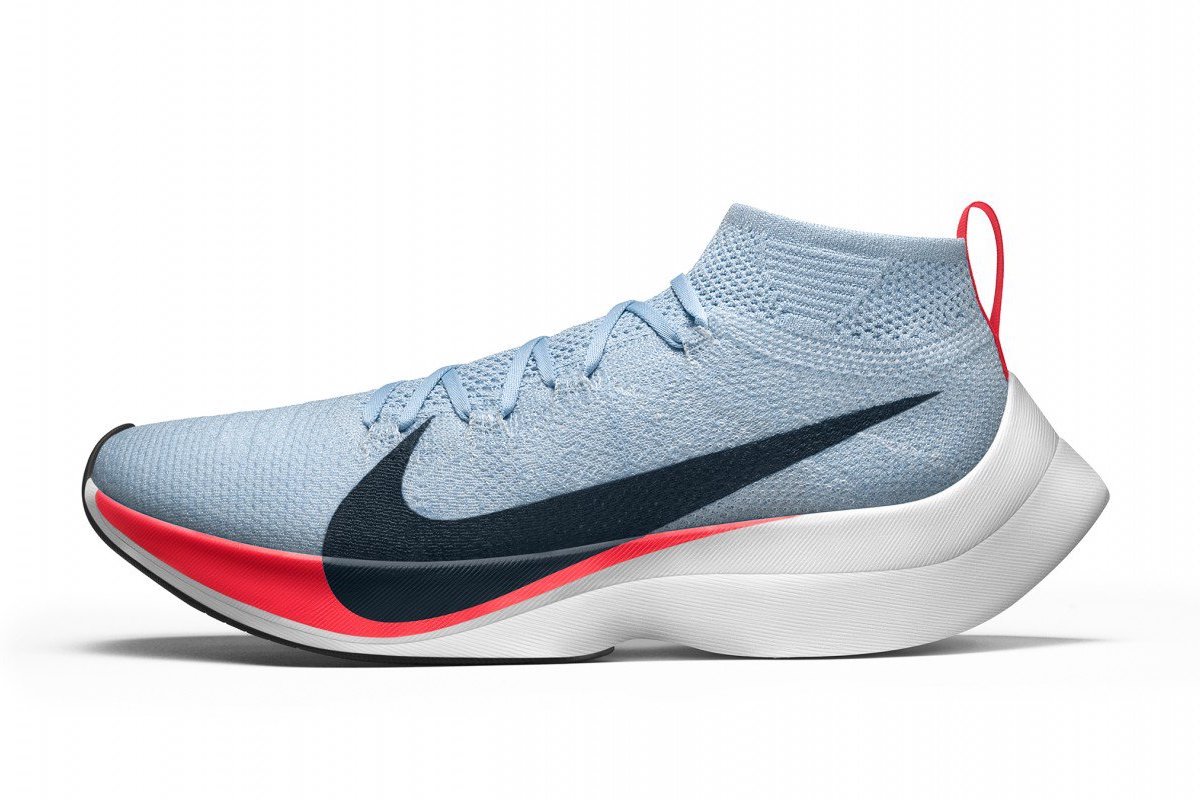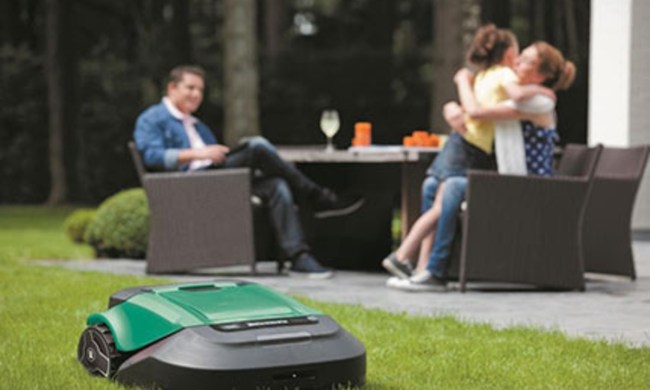Dubbed “Breaking2” by Nike’s marketing team, the project has been in the works for more than two years. The three runners were brought on last fall when they began an intensive training regimen designed to put them in the best condition possible for this attempt. The goal is to run 26.2 miles in 1 hour, 59 minutes, and 59 seconds or less, which means they have to maintain a pace of 4:34 per mile. To date, the fastest marathon ever run was by Kenyan Dennis Kimetto, who completed the 2014 Berlin Marathon in a record time of 2:02:57.

The three runners will follow an electric car that will stay roughly six meters ahead of them throughout the run. That car will carry a clock displaying their current pace, the elapsed race time, and the projected finish time. Desisa, Kipchoge, and Tadese will also be joined on the track by a group of 30 other elite runners who will serve as a pace group, helping them to maintain a steady speed. The fastest pacers will alternate in and out and will run in front of the three men chasing the sub-two hour mark.
Nike has put a good deal of time and effort into creating the perfect running equipment for the runners taking part in the Breaking2 challenge. For instance, they will each be running in a pair of custom-made Nike Zoom Vaporfly Elite shoes, along with special running shirts, shorts, and arm sleeves that are designed to keep them comfortable and cool. The Zoom Vaporfly is the first running shoe to feature Nike’s new ZoomX midsole cushion, which is said to be lighter than anything else on the market at the moment. The shoes have a forefoot stack height of 21mm and a heel height of 30 mm — for a heel to toe drop of 9 mm — and each comes with a carbon fiber plate made for the individual runner. Needless to say, these shoes are not available to the general public yet, although technology developed for Breaking2 is expected to trickle down to consumer models soon.
Even if one of the runners manages to break the two-hour barrier this weekend, it won’t go down as an official record since it won’t be taking place at an official event. Still, it will serve as a proof-of-concept showing that with the right equipment and training, the two-hour barrier can be broken.
The Breaking2 event will be live-streamed on both Facebook and Twitter, with a full documentary scheduled for release later this summer.

